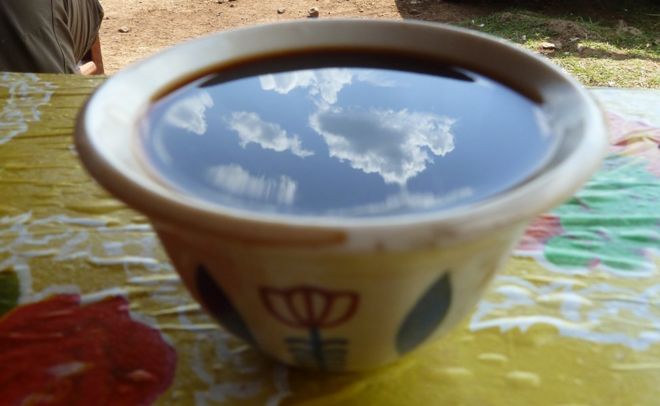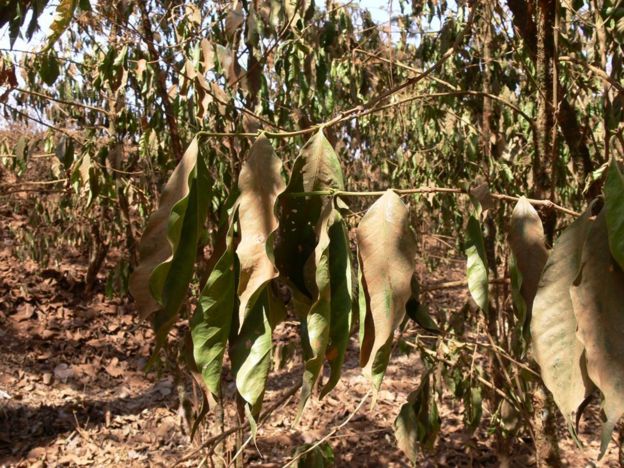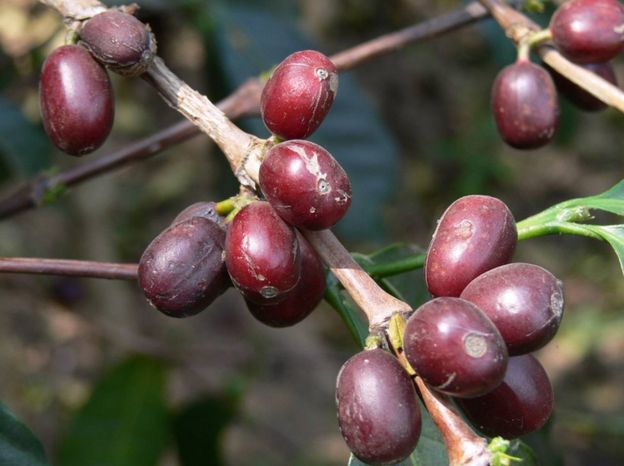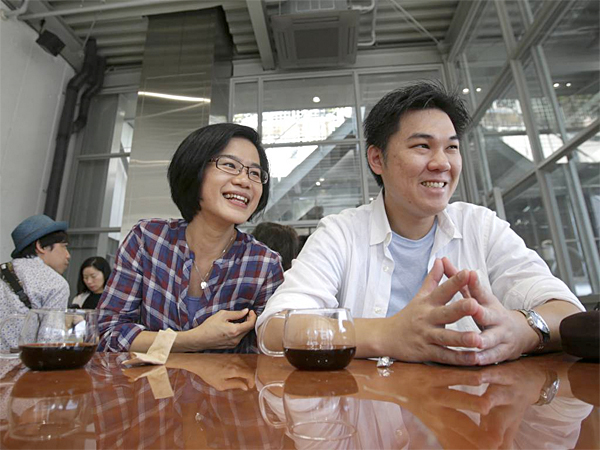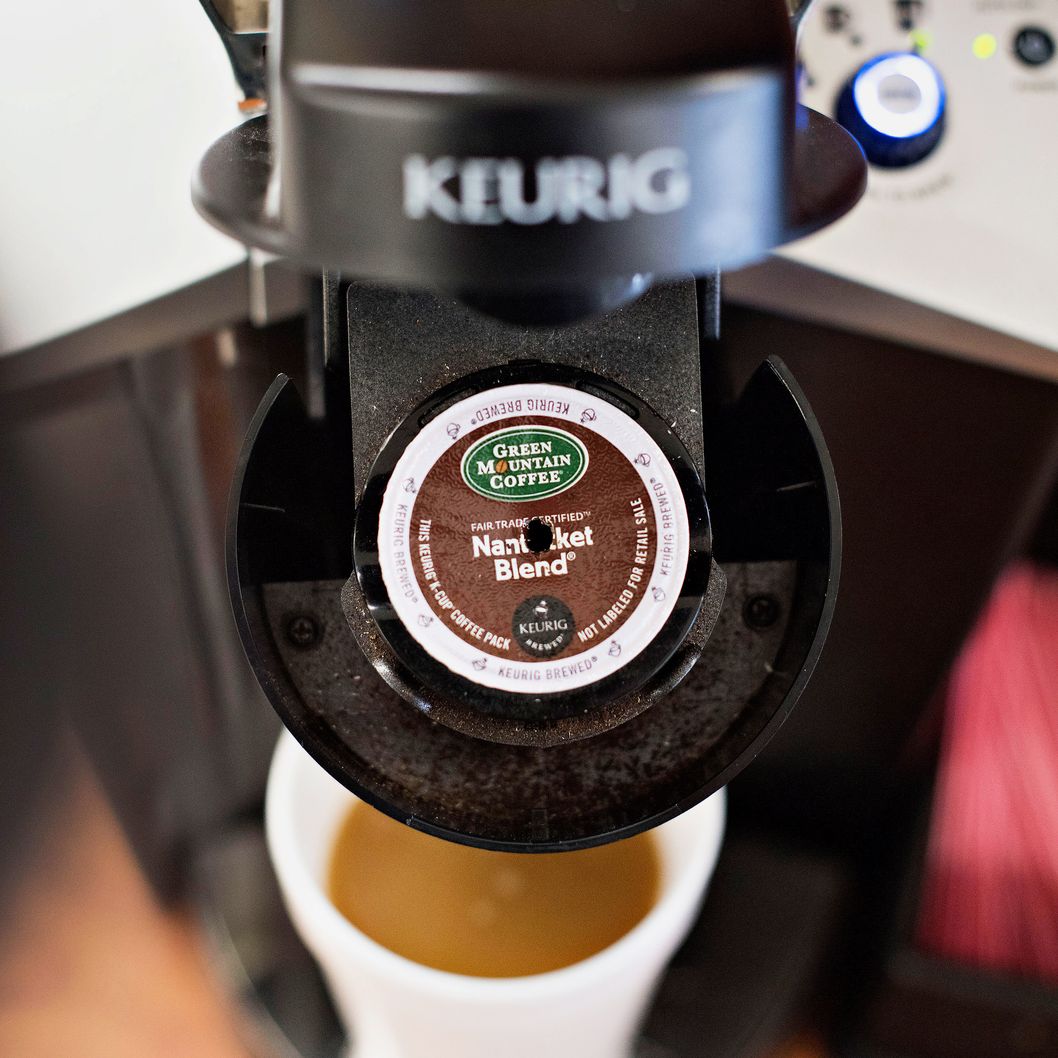We adore coffee, and we’ll pay more than we need to for it, even after a devastating recession that left permanent scars on our memories. That says something about our odd human nature, but also about where entrepreneurial opportunities lie ahead.
When the global economy began circling the drain in 2008, Starbucks began laying off employees and shuttering stores. Experts debated whether Starbucks could hang on much longer. “[H]onestly, I’m over it,” Dan Macsai wrote in BusinessWeek. “And apparently, so are you.” At the time, Starbucks had 15,000 stores in 44 countries, and Macsai expected to see rapid decline.
Today it has 21,000 locations in 65 countries. So never mind. Today, the lines at Starbucks and rival chains are clogged with customers ordering 17 mocha lattes and half-caff cappuccinos and venti frapps for themselves and their friends back at the office. Today, people risk missing connecting flights at airports because they gotta have their fix—freshly dispensed by a busy barista.
Let’s not be too harsh on the experts. It was logical, it was only reasonable, to assume that human beings are economic creatures who would cut back on needless purchases when money is tight and jobs are scarce. You can make decent coffee at home for 27 cents a cup—or Maxwell House for 8 cents in a pinch, according to one connoisseur. So why pay $2 for a drip coffee or $4.50 for a cappuccino?
The Economist once described the popularity of bottled water as “one of capitalism’s greatest mysteries.” Consider coffee to be another one of them.
But while bottled water still strikes me a strange and wasteful concept, I do believe coffee shows us some important value judgments that we tend to make, even when cost is an issue.
Yes, buying a $4 espresso drink isn’t fiscally prudent, as financial gurus have been saying for years. “A savings calculator will tell you that such a once-a-day habit adds up to $133,000 over 30 years if the same amount was invested instead at a modest interest rate,” workplace psychologist Bill Dyment concedes. “That’s 25 safaris or nice trips to Europe, a very nice car or addition to one’s retirement.”
But Dyment is willing to point to other factors that make the long-term economic factor less relevant: “There is something emotionally or physically powerful going on for those who wouldn’t miss their daily $4 coffee,” Dyment tells me. “So what drives us? Is it simply the caffeine? No, you can satisfy that craving for much less money at home. I think there’s more to the story: The $4 coffee is a pleasing brew of social ritual, self-reward, feeling valued by attentive servers and a welcome pause in a busy day.”
I’d add to that that humans are a peculiarly tribal people. When we pay a premium for a grande latte at Starbucks or the latest iGadget from Apple, we’re buying into a particular tribe or club. That gives us a daily experience and identity that can’t easily be quantified. (And rest assured, there will always be a rival tribe of cheapskates standing off to the side, taking pleasure in the act of judging us loudly.)
Joanne Weidman, a licensed marriage and family therapist in the Los Angeles area, knows a thing or two about money issues that can cause conflict within relationships. But she too sees a reality regarding the coffee craze: We all need a safe way to splurge. “Everyone has their splurge, their personal indulgence,” she tells me. “The 1% may splurge on cars, furs or vacations, but the 99% have theirs–the unnecessarily expensive hair salon, the top-shelf whiskey, the running shoes, the occasional massage –and coffee.
“Once the habit is developed,” she says, “then it’s about the comfort that comes with routine. Jobs may come and go, marriages end, friends get sick, but Starbucks always smells the same when I walk in the door. That’s the brilliance of the luxury brand—it’s not about money, but meaning.”
It may surprise you (it frankly shocked me), but Americans actually consume far less coffee than we did a few generations ago. Jeremy Olshan noted in 2013 that, at our peak in 1946, we drank twice as much coffee as today (and most of it was inexpensive bland, brown water). Coffee declined in popularity as warnings arose about its unhealthful effects. But now coffee is widely seen as offering health benefits (despite the occasional spoilsport), and it’s brewed with a level of care unheard of in past generations. And it’s presented as an essential glue for human community.
“Personally, I remember well the rise of the modern American coffee craze,” Dyment tells me. “It was the early 1990s and I was a young professional on the road constantly. Coffee shops seemed to be popping up everywhere overnight and just where you needed them. I felt like I had found a public living room where I could catch up with friends, a neutral place to hold business meetings. or take care of work calls and emails. It was perfect– clean, upbeat, hip and predictable–not as casual as my home but much more relaxing than my office. What’s more, it felt good to be there. It didn’t take me long to realize that I wasn’t paying $4 for my coffee. I was renting the whole experience and basking in the feeling of importance in an often big, impersonal city. I liked the experience of ordering from a pleasant barista who asked about my day and got my coffee quirks just right.”
So coffee indeed became the affordable luxury; and the cup itself remains merely a cover charge for the larger experience.
Yes, at some level it still seems crazy how many Americans continue to spend more than $1,000 a year on their coffee fix. It’s nuts how it’s a $30 billion (and growing) industry. It’s bizarre how mobs of people crowd coffee chains and then linger for 20 to 25 minutes while mixing the perfect amount of vanilla, nutmeg, half-and-half and Splenda into those drinks.
It doesn’t make sense at a rational level, but it makes perfect sense at an emotional level. It’s a very human source of delight. And, in this age of ongoing automation and downsizing and outsourcing, more and more of the business opportunities of the future will involve creating such rituals of delight.
SOURCE: forbes.com

